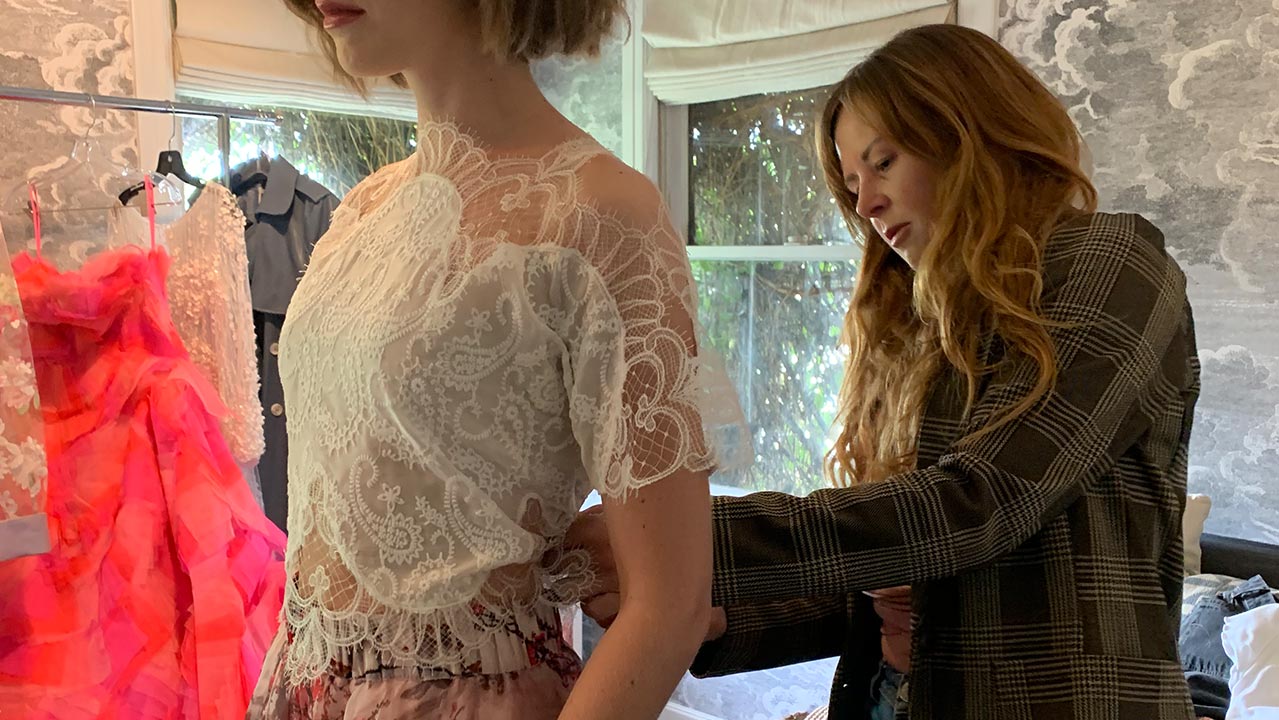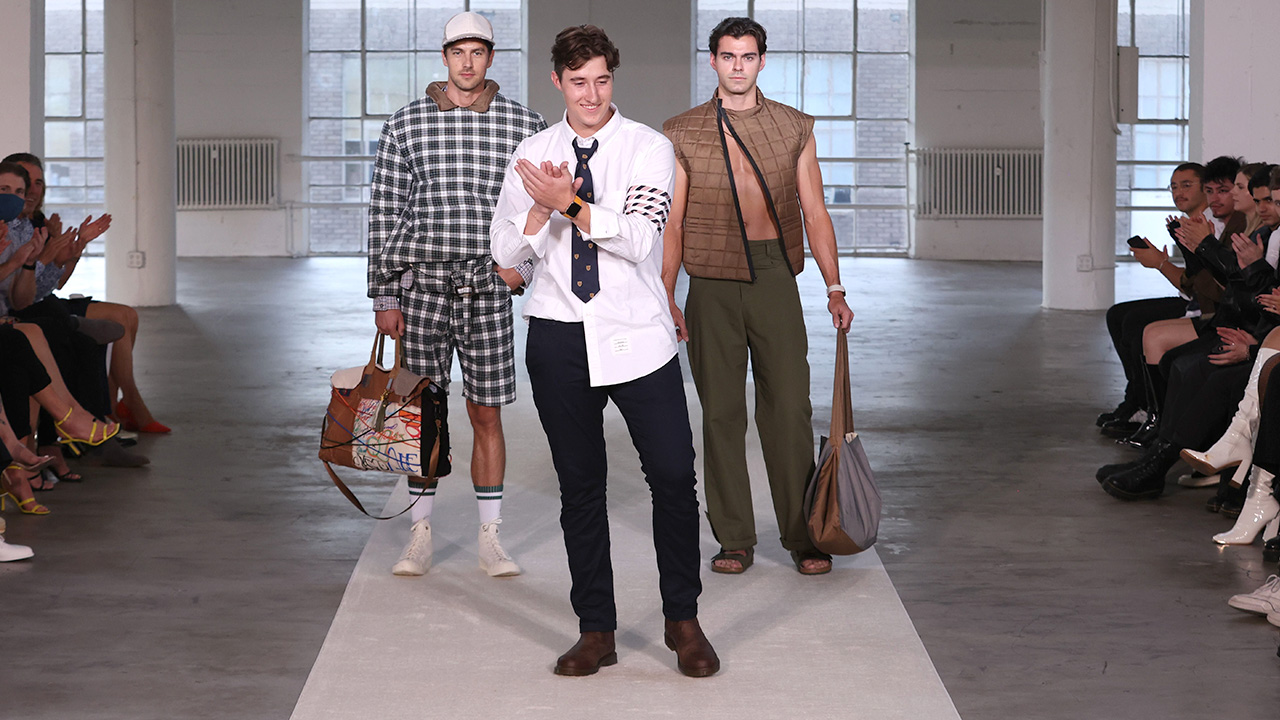
Alumni
One Grad's Journey to Become a Leading Pattern Maker in L.A.
Kei Hagihara graduated from FIDM with her A.A. in Fashion Design in 2012. When she first started working in the industry she started experiencing anxiety and depression. She “declared war” on it and faced it head on. With renewed belief in herself, she moved to Paris and landed a job with Isabel Marant; then she moved to Tokyo to join the elite pattern making team at Sacai. She’s now back in L.A. with a wonderful job. This is her industry story, in her words.
I’ve had a connection with clothing ever since I can remember, but my parents were against my wish of pursuing fashion design. I had to go against my parents in order to prove to them, as well as to myself, that I could make a living in this industry. This became my underlying motivation.
As a Fashion Design major, I struggled to connect to the process of designing. Designing out of pure aesthetic felt very vague to me. However, after my first pattern making class, it all made sense. Pattern making is where a vague idea manifests through engineering. It’s the design of construction. It was a match to my strengths of applying logic and critical thinking. From that first class onward, there was no doubt in my mind that this was the art I wanted to devote my life to. I continued to practice pattern making and sewing at home while I worked as an assistant.
When I became a junior taking on my own styles, I started to feel like I was drowning—drowning under the immense pressure of being a young technician creating designer level clothing. Looking back on it, my technique wasn’t established enough and I probably came close to being fired several times.
I started having panic attacks in fittings, and was diagnosed with depression. In the midst of the darkness, I declared war on my depression. I said to myself, “It doesn't matter that nobody believes in you. I do. I believe in your ability to become a great pattern maker. I believe in your dignity and sincerity even if the world turns against you.”
That was how I made the decision to move to Paris. I had nothing to lose, everything to gain. I took six months to prepare; I got a one-year visa, learned French, found an apartment, sold everything, and got on a plane.
After some interview adventures in Paris, the opportunity to help establish a menswear line for Isabel Marant was presented. I knew I was in over my head, but I threw myself into it. Each person there was astoundingly talented—from the designers to the pattern makers. Their technique was nothing I’ve seen in L.A.
French clothing is all about silhouette. They use a fast draping method called moulage, manipulating the silhouette in 3-D form. The designer and pattern maker work together to create the ideal silhouette. The pattern is created after the silhouette is approved. Jackets and coats are created this way as well, which is what gives French clothing their curated silhouette.
French designers often started with vintage pieces. Half of my job was to create a bank of patterns by referencing all these beautifully complicated vintage coats and jackets. The whole experience was tough but glorious. I watched other pattern makers, took my feedback seriously, and read pattern making textbooks from French schools. At the end, my technique was night and day compared to when I started. I have so much appreciation for the chief of atelier who gave me a chance.
After my visa ended, I sent in an application to my favorite brand, Sacai. The entrance exam was the most difficult I have ever experienced. I didn’t think they would take me, but they did. However, they explained to me how my technique at my age was not up to the expected level of Japanese pattern making standards. They took me based on the love I had for the brand.
I learned tremendously every single day from the incredibly skilled team of pattern makers who poured their life into their work. The speed and precision in which they create these extremely complex patterns was nothing short of mastery. Pattern makers there are also technical designers. You take responsibility for the styles you have created, from inception, production, to delivery.
This gave me a fundamental understanding of manufacturing which is essential to the success of complicated construction. Also, the senior pattern makers were positioned behind the younger staff to watch their screen as they developed patterns. Even if the end product works, it is the process in how you got there that shows your true understanding of the technique.
I really appreciated this mentality of training which is deeply ingrained in Japanese work culture. I was so happy to have seniors that can answer any question. It's quite rare. As for method, contrary to France, Japan’s pattern making is 2-D based on the Bunka method. The 2-D method is based on the kimono. Bunka patterns are logic based in geometry.
While working, I bought all the textbooks and practiced at home in ¼ scale which then became my portfolio. After learning pattern making from three continents, the Bunka method was the fastest, most accurate, and most explanatory.
So that is my story.
I am back in LA now with a wonderful job. It all started with a young determined girl from FIDM.
The battles I have fought are treasures to me. They have made me a person of courage who welcomes challenges with open arms.
Photography | Eunji Paula Kim @eunji_fr
Categories: Fashion Design Alumni




